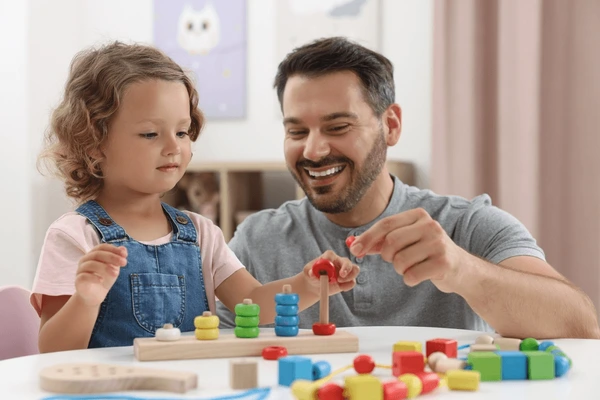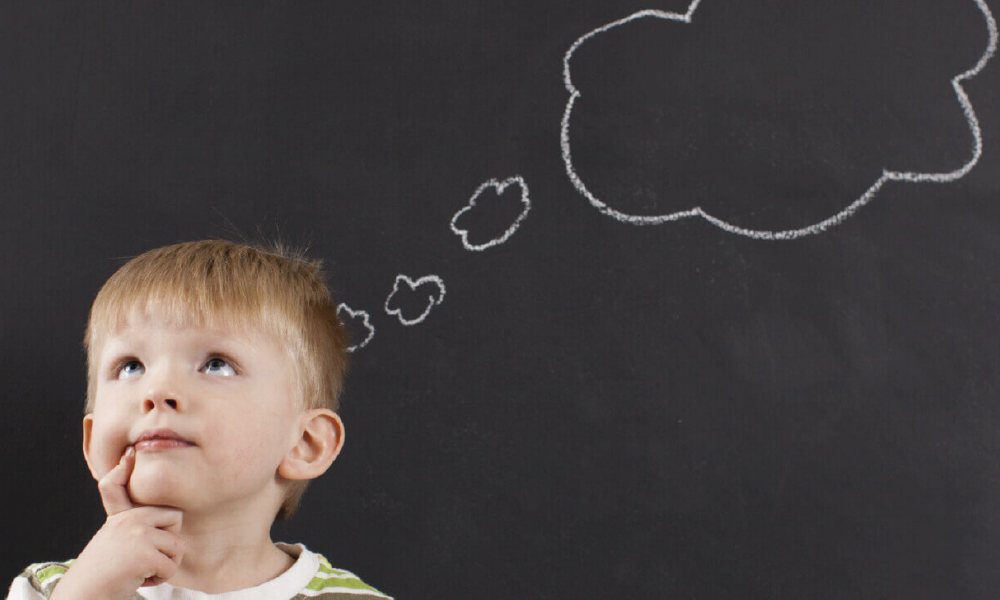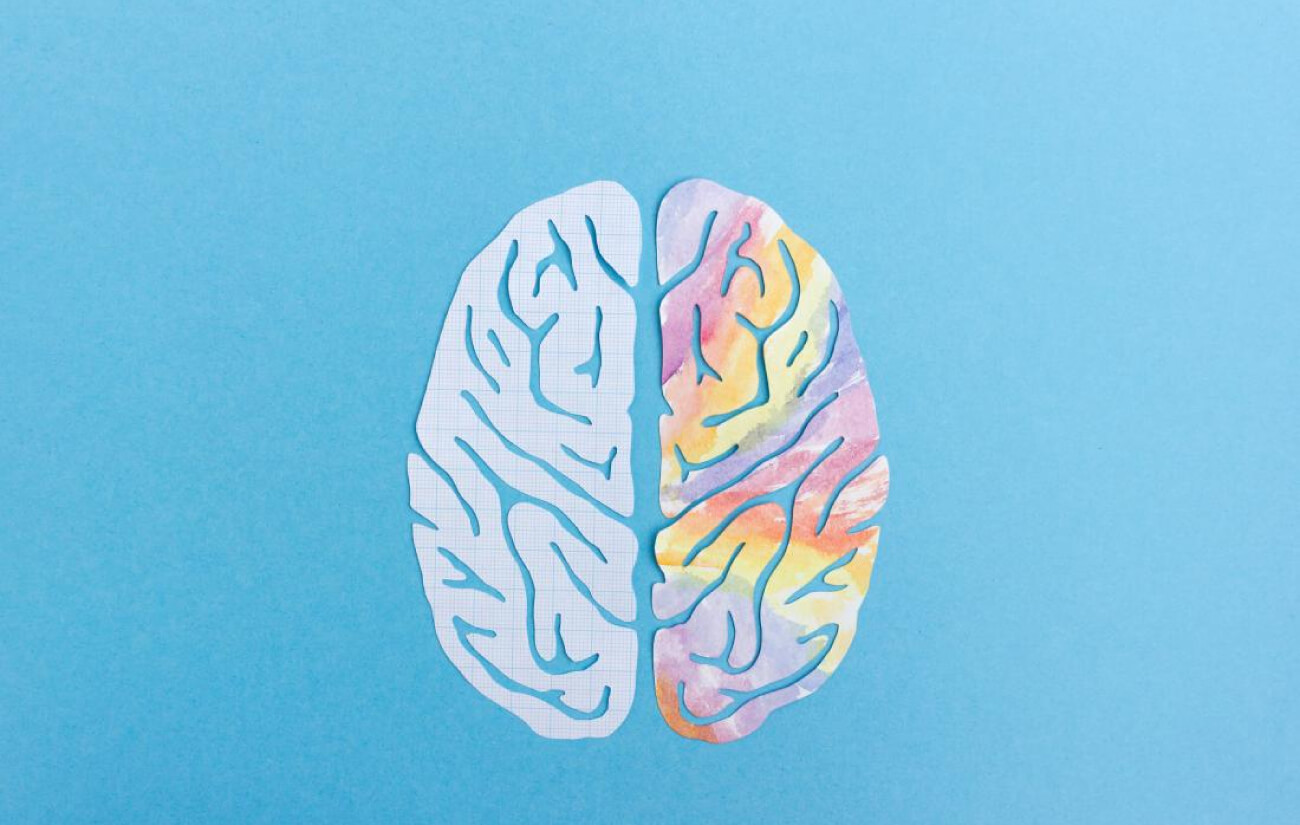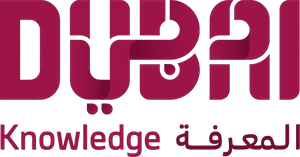What Is Holistic Brain Development? As parents, we all want to raise happy, well-rounded children. But in the rush of
Holistic Brain Development Of A Child Every child is different. Their personality traits or extraordinary talents define their aura
Right Brain VS Left Brain Learner: Who Is Better? Are you more of a ‘maths’ person or ‘arts’ person? This




